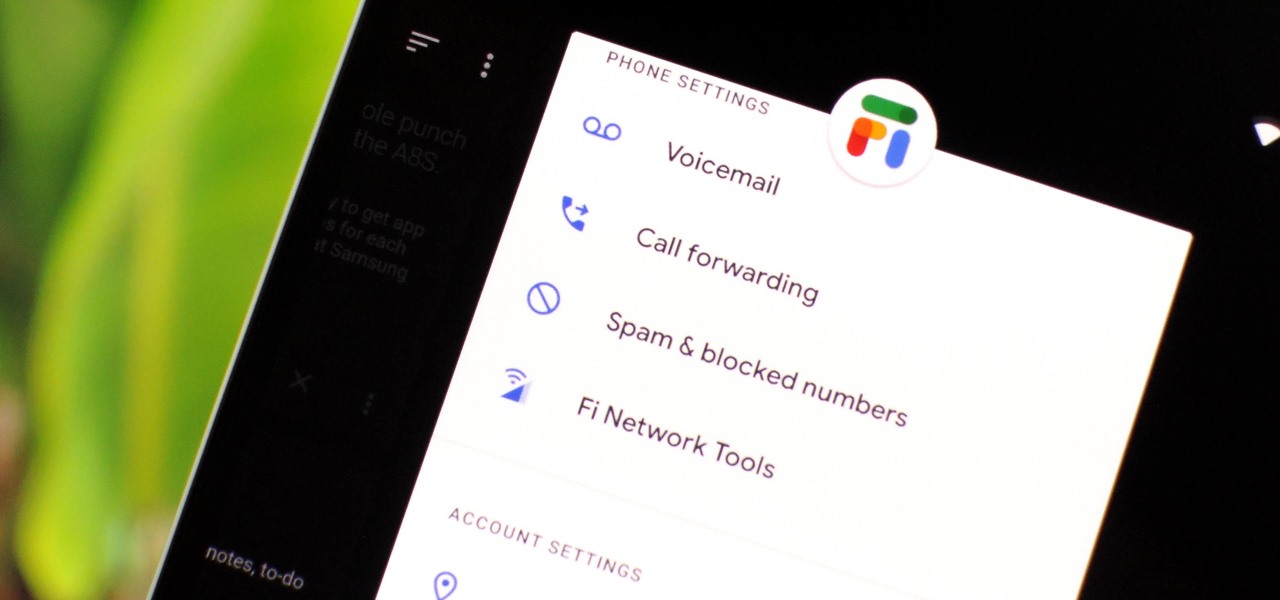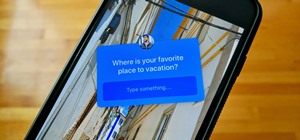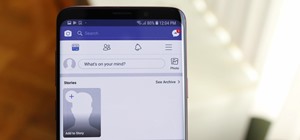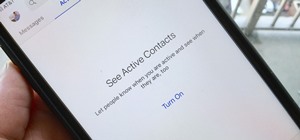Despite being at the helms of the RCS push, Google Fi has yet to support the new messaging protocol. It would've made too much sense if the Google-created MVNO was one of the first to support the feature Google's been pushing on other OEMs and carriers for years, but alas, they haven't. Well, better late than never — Google has finally announced support for RCS Universal Profile on Fi.
Starting January 14, 2019, all phones designed for Google Fi will be able to access RCS messaging. Using the Messages app, users can enjoy iMessage-like text messages when communicating with other devices whose carriers also support RCS Universal Profile (also known as simply "Chat"). Currently, in the US, this means Sprint, US Cellular, and some T-Mobile phones, but the list of supported carriers continues to grow each day.
How to Enable RCS on Google Fi
For now, there's likely nothing you need to do if you're on a "Designed for Fi" phone like Google's Pixel lineup. Just make sure Messages (formerly Android Messages) is set as your default SMS app, then wait for a prompt in the app asking if you'd like to enable Chat features. This may appear any time over the next week.
However, those who have been using Hangouts as their SMS client will have to disable Hangouts integration before they can use RCS in the Messages app. To do so, open Hangouts and head to the app's settings menu, select your Google Fi account, then disable the toggle next to "Messages" (under the Project Fi calls and SMS header).
To test if RCS is enabled, just spark up a conversation with someone through the Messages app, and if they're on a compatible phone and network, the text field at the bottom of your message thread will say "Chat message" instead of "Text message" — this means you'll enjoy all the enhancements of RCS Universal Profile in your messages with that person.
Other phones that have recently been made compatible with Fi may or may not work with RCS. For example, if you bring your own Android device and it's running 6.0 Marshmallow or higher, it should work with the new standard as long as you text with the Messages app. With these devices, simply download Android Messages (v. 3.9 or newer) and set it as the default messaging app. A prompt will appear asking you to enable RCS, and that's it. However, iPhone\ users should know that RCS will not work, regardless of carrier support.
What You'll Get with RCS
RCS uses a data connection similar to how you would you communicate via WhatsApp. Unlike traditional SMS, messages are sent via cellular data or Wi-Fi. Google has decided not to count this data usage toward your cap, so you don't have to worry about running out data because of RCS messages. While your total data usage on the Google Fi app will initially reflect your RCS data usage, after a maximum of 24 hours, RCS usage will be deducted. Additionally, if at any time an RCS message doesn't go through, it will fall back to SMS. This way, even if you are in a poor data coverage area, you can still send messages.
Today, Google also announced that Android Auto and WearOS will support RCS messaging, so the same enhancements can be enjoyed on whichever complementary device you are using.
RCS brings a lot of changes to regular text messages. For example, you can now get read receipts when the recipient views your message and see an indicator when they begin to type. You can transfer files much larger (up to 105 MB), create a group chat with up to 100 members, share your location to help someone find you, and much more. RCS is the future of text messages, and it is a great day to hear another carrier is adding support. With Google Fi expanding support for more phones and Bill Protection, RCS is just another reason why you should make the switch.
What do you think of Google Fi adding support for RCS messaging? Are you excited about RCS messaging in general? Let us know in the comments below. And for more information on what RCS messaging is and how it changes messaging, check out the link below.
Just updated your iPhone? You'll find new emoji, enhanced security, podcast transcripts, Apple Cash virtual numbers, and other useful features. There are even new additions hidden within Safari. Find out what's new and changed on your iPhone with the iOS 17.4 update.























Be the First to Comment
Share Your Thoughts